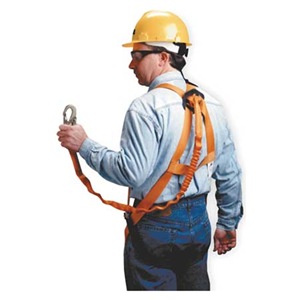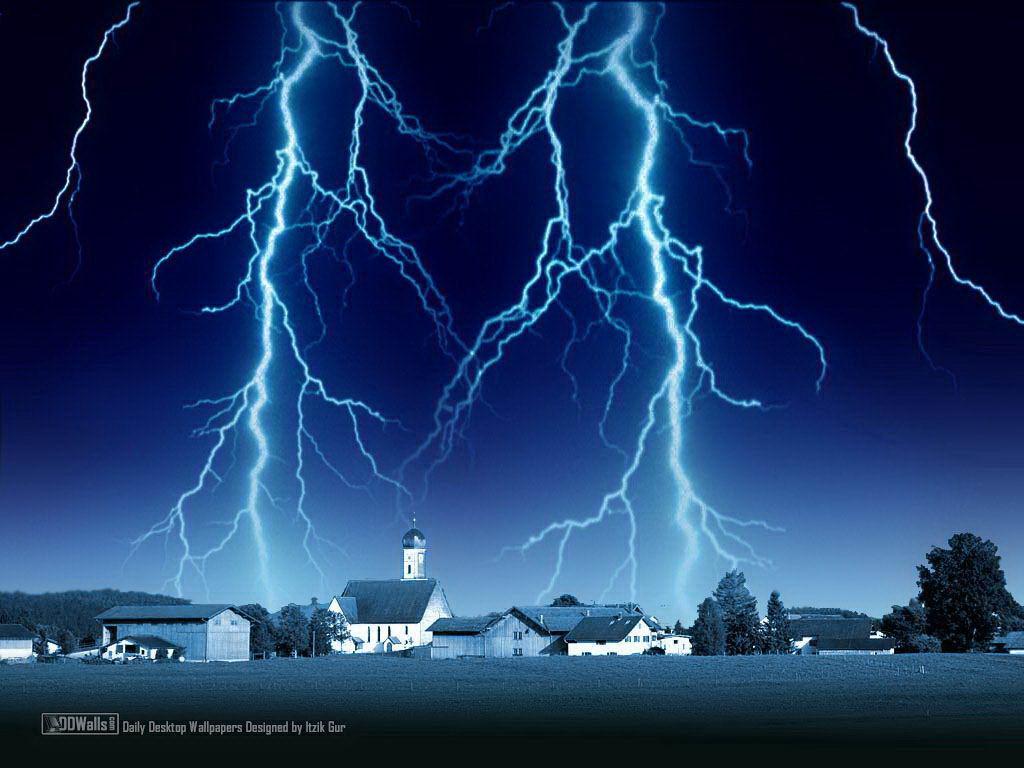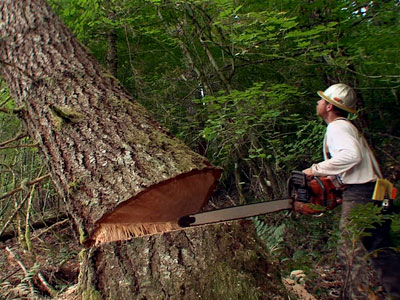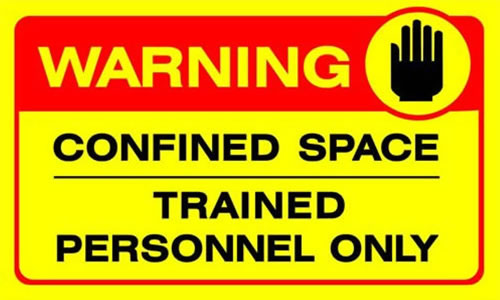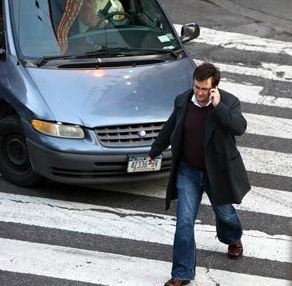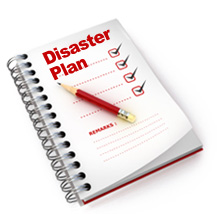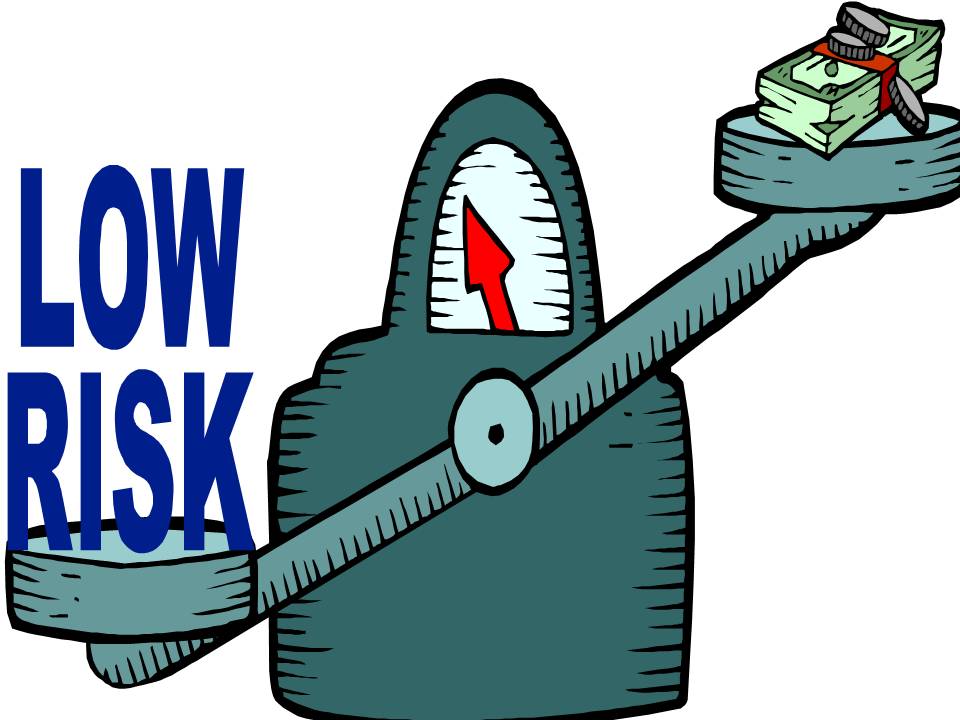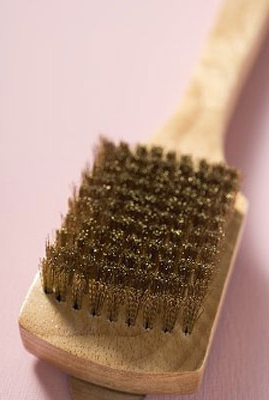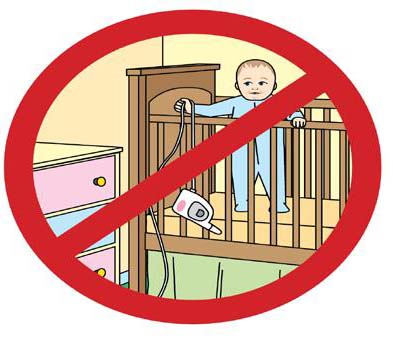 Cords from baby audio and video monitors present a strangulation hazard to young children if the monitors are placed within reach. Parents should take the following precautions to help prevent strangulation:
Cords from baby audio and video monitors present a strangulation hazard to young children if the monitors are placed within reach. Parents should take the following precautions to help prevent strangulation:
- Check the location of all monitors and products with electrical cords.
- Make sure potentially hazardous products with cords are not within reach of children.
- Keep monitors at least 3 feet from any part of cribs or beds.
Since 2002, seven children have died due to entanglement in a baby monitor cord and three children have nearly been strangled. The victims were between 6 and 20 months old, according to a press release from JPMA.

